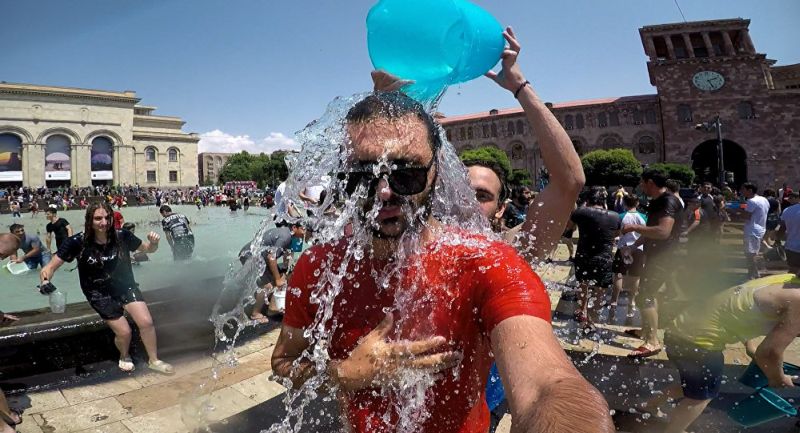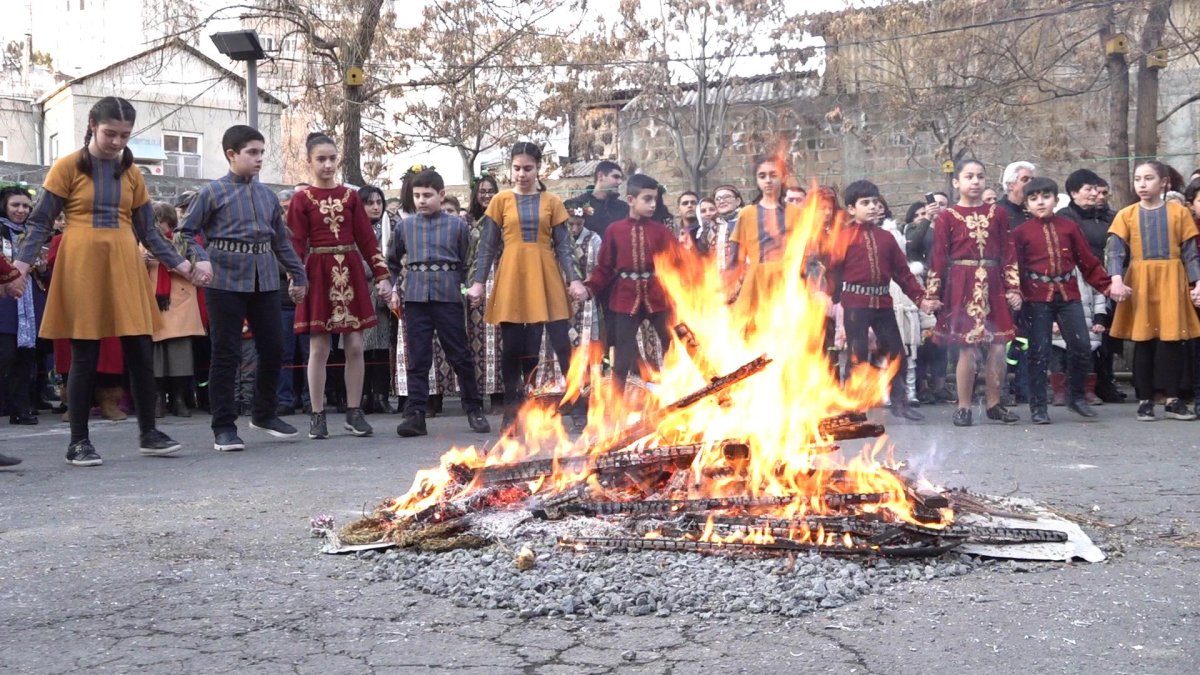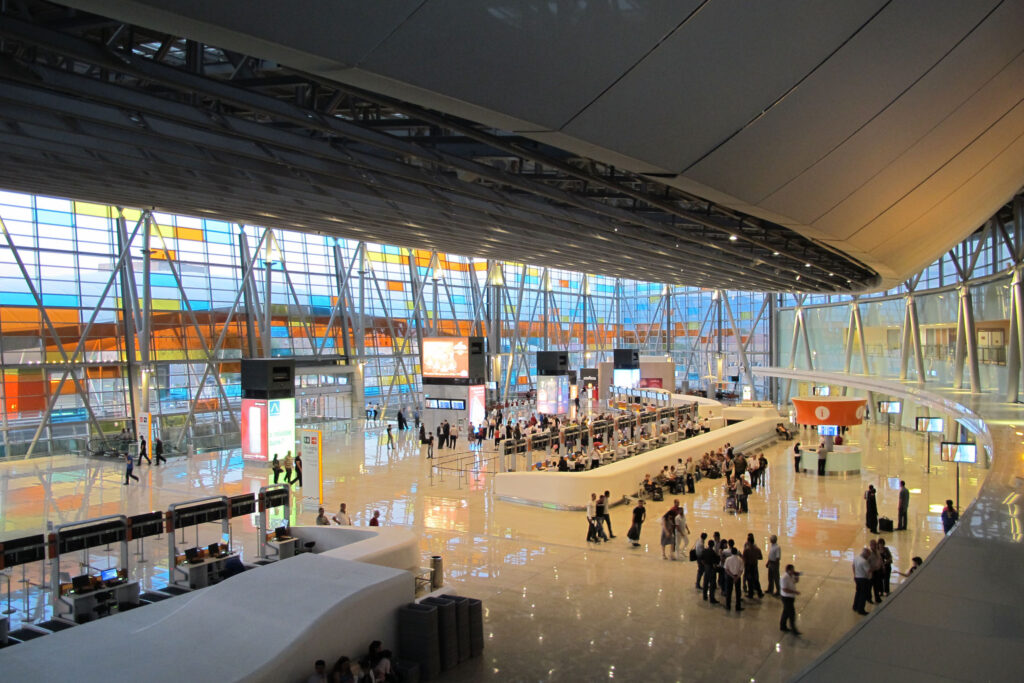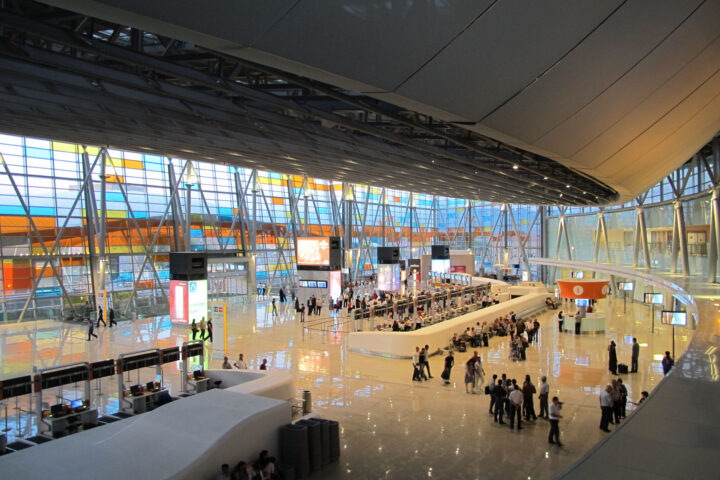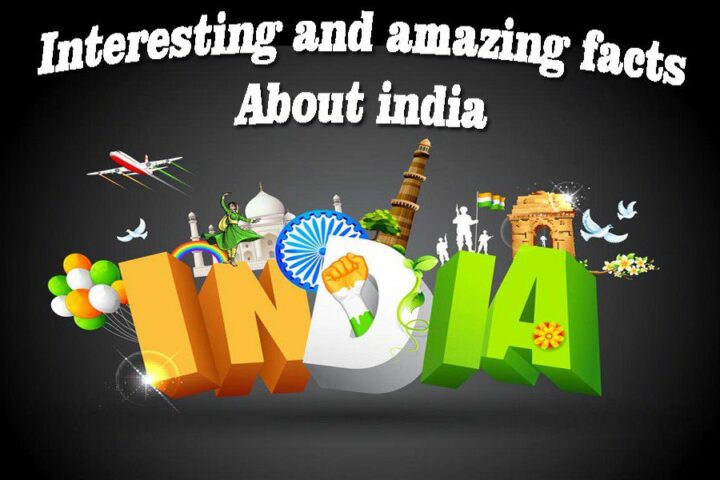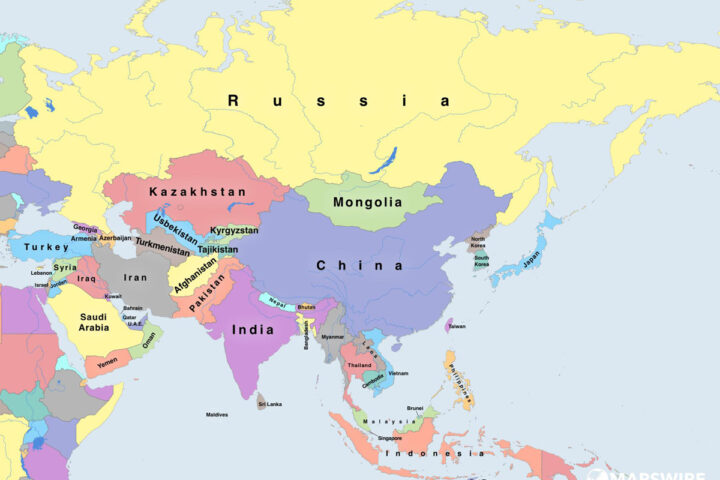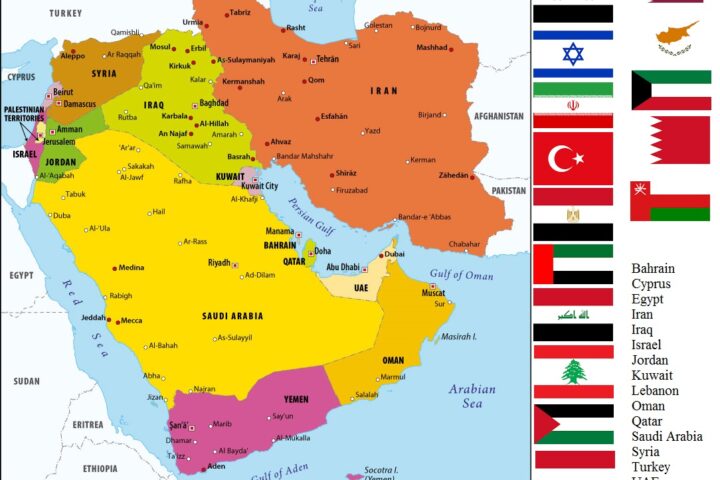Overview of Armenian Holidays
Armenia’s holidays are a mix of religious, national, and cultural celebrations. As the first country to adopt Christianity as a state religion in 301 AD, many of its holidays have deep Christian roots. National holidays commemorate significant events in Armenia’s history, while cultural holidays celebrate the country’s rich traditions.
Fun Fact
Armenia is known for its ancient churches and monasteries, many of which play a central role in religious celebrations.
Major Religious Holidays
Christmas and New Year
Overview
In Armenia, Christmas is celebrated on January 6th, coinciding with the Feast of the Epiphany, which commemorates the birth and baptism of Jesus Christ.
Celebrations
- Christmas Eve (January 5th): Known as “Jrakaluys” or “Chragaluyts,” Armenians attend church services and light candles.
- Christmas Day (January 6th): Families attend church services, where water is blessed to symbolize the baptism of Christ. A traditional Christmas meal follows, often including fish, rice, dried fruits, and “Anushabur” (a sweet pudding).
Fun Fact
Armenians celebrate the New Year twice: first on December 31st and then on January 13th, following the old Julian calendar.
Easter
Overview
Easter, or “Zatik” in Armenian, is one of the most important religious holidays, celebrating the resurrection of Jesus Christ.
Celebrations
- Holy Week: Includes various religious observances such as Palm Sunday, Maundy Thursday, Good Friday, and Holy Saturday.
- Easter Sunday: Families attend church services and celebrate with a feast, including dyed eggs, symbolizing new life and resurrection.
Fun Fact
The traditional Armenian Easter greeting is “Krisdos haryav i merelotz!” (Christ is risen from the dead!), with the response “Orhnyal e harutyun’ Krisdosi!” (Blessed is the resurrection of Christ!).
Vardavar
Overview
Vardavar, also known as the Feast of the Transfiguration, is celebrated 14 weeks after Easter. It combines pagan traditions and Christian beliefs.
Celebrations
- Water Festival: People of all ages splash water on each other in a fun and joyous celebration.
- Church Services: Religious ceremonies commemorate the Transfiguration of Christ on Mount Tabor.
Fun Fact
The name “Vardavar” is derived from “vard” (rose), as it was originally a pagan festival celebrating the goddess of love, Astghik, with roses and water.
National Holidays
Independence Day
Overview
Independence Day is celebrated on September 21st, marking Armenia’s independence from the Soviet Union in 1991.
Celebrations
- Official Ceremonies: Government and military parades, speeches, and flag-raising ceremonies.
- Public Celebrations: Concerts, fireworks, and various cultural events across the country.
Fun Fact
Yerevan, the capital city, becomes a hub of activity with vibrant street performances and light shows.
Genocide Remembrance Day
Overview
Genocide Remembrance Day on April 24th commemorates the victims of the Armenian Genocide of 1915.
Observances
- Memorial Services: Held at the Tsitsernakaberd Memorial in Yerevan.
- Public Marches: People lay flowers at the eternal flame and participate in marches and vigils.
Fun Fact
The Tsitsernakaberd Memorial complex was built in 1967 and has since been a focal point for remembering the genocide victims.
Constitution Day
Overview
Constitution Day on July 5th celebrates the adoption of Armenia’s constitution in 1995.
Celebrations
- Official Events: Government ceremonies and speeches reflecting on the importance of the constitution.
- Cultural Activities: Various public events, including concerts and exhibitions.
Fun Fact
Constitution Day also honors the legal profession in Armenia, with awards and recognitions for outstanding contributions.
Cultural Holidays
Armenian New Year (Navasard)
Overview
Navasard, the traditional Armenian New Year, is celebrated on August 11th, although it is less commonly observed today.
Celebrations
- Historical Celebrations: Included feasts, games, and sacrifices in ancient times.
- Modern Observances: Cultural events and historical reenactments to revive ancient traditions.
Fun Fact
Navasard was historically associated with the harvest season and celebrated the goddess Anahit, the Armenian goddess of fertility and healing.
Trndez (Candlemas)
Overview
Trndez, celebrated on February 13th, is a feast of purification and fire, combining Christian and pre-Christian traditions.
Celebrations
- Fire Rituals: Bonfires are lit, and people, especially newlyweds, jump over the flames for good luck and purification.
- Church Services: Blessing of newlyweds and prayers for fertility and prosperity.
Fun Fact
The name “Trndez” is derived from “tnder,” meaning fire, symbolizing warmth, light, and purification.
Commonly Asked Questions
Why is Christmas celebrated on January 6th in Armenia?
Armenians celebrate Christmas on January 6th, combining it with the Feast of the Epiphany, which commemorates both the birth and baptism of Jesus Christ. This tradition dates back to the early Christian church before the adoption of December 25th by the Western church.
What are some traditional Armenian holiday foods?
Traditional Armenian holiday foods include “Anushabur” (sweet pudding), “Tolma” (stuffed grape leaves), fish dishes, and various pastries such as “Gata” and “Pakhlava.”
How do Armenians celebrate Easter?
Armenians celebrate Easter with church services, family gatherings, and festive meals. A common practice is dyeing eggs red to symbolize the blood of Christ and cracking them in a game similar to egg tapping.
What is the significance of Vardavar?
Vardavar is significant as it blends ancient pagan traditions with Christian beliefs. Originally a festival honoring the goddess Astghik, it now celebrates the Transfiguration of Christ, with water being a central element of the festivities.
How is Independence Day celebrated in Armenia?
Independence Day is celebrated with official ceremonies, military parades, and public festivities, including concerts, fireworks, and cultural events across Armenia.
What is the importance of Genocide Remembrance Day?
Genocide Remembrance Day is important for honoring the memory of the 1.5 million Armenians who perished during the Armenian Genocide of 1915. It is a day of reflection, remembrance, and calls for recognition and justice.
Are there any unique customs associated with Armenian New Year?
The traditional Armenian New Year, Navasard, is associated with ancient customs such as feasts, games, and rituals for prosperity. While less commonly celebrated today, it remains a symbol of Armenia’s rich cultural heritage.
What is Trndez and how is it celebrated?
Trndez is a festival of purification and fire celebrated on February 13th. It involves lighting bonfires and jumping over flames, particularly for newlyweds, to bring good luck and purification.
How does Armenia’s Christian heritage influence its holidays?
Armenia’s Christian heritage deeply influences its holidays, with many celebrations centered around significant events in the Christian calendar, such as Christmas, Easter, and the Feast of the Transfiguration.
What are some lesser-known Armenian holidays?
Lesser-known Armenian holidays include Navasard, the traditional New Year, and Trndez, a festival of purification and fire. Both holidays reflect Armenia’s blend of ancient traditions and Christian beliefs.
Conclusion
Armenia’s holidays offer a fascinating glimpse into the country’s rich history, cultural traditions, and religious heritage. From major religious celebrations to national commemorations and cultural festivals, each holiday provides an opportunity to experience Armenia’s unique spirit and enduring traditions.
- Armenia Airports - July 2, 2024
- Armenia Holidays - July 2, 2024
- Austria Import Restrictions - June 28, 2024

